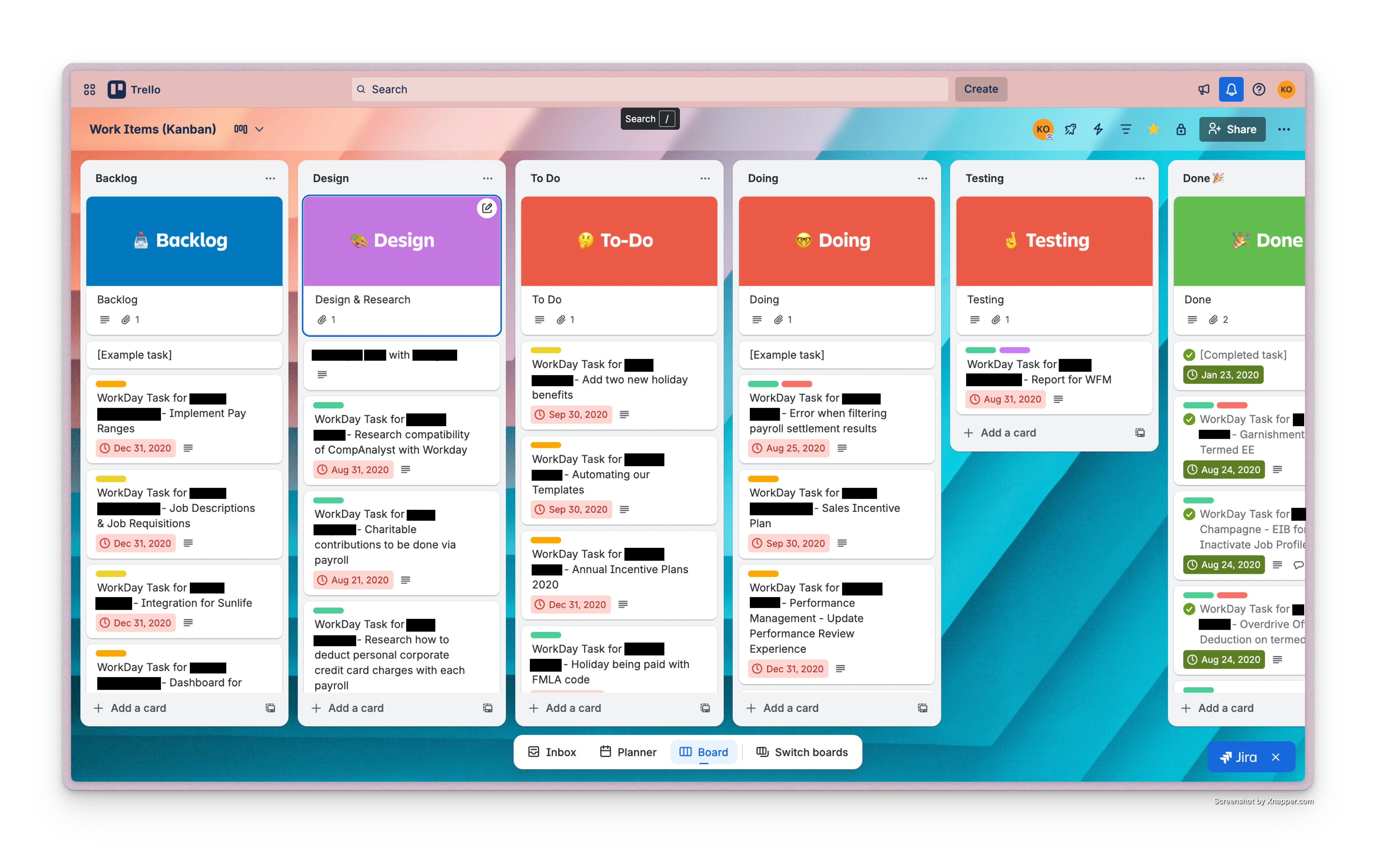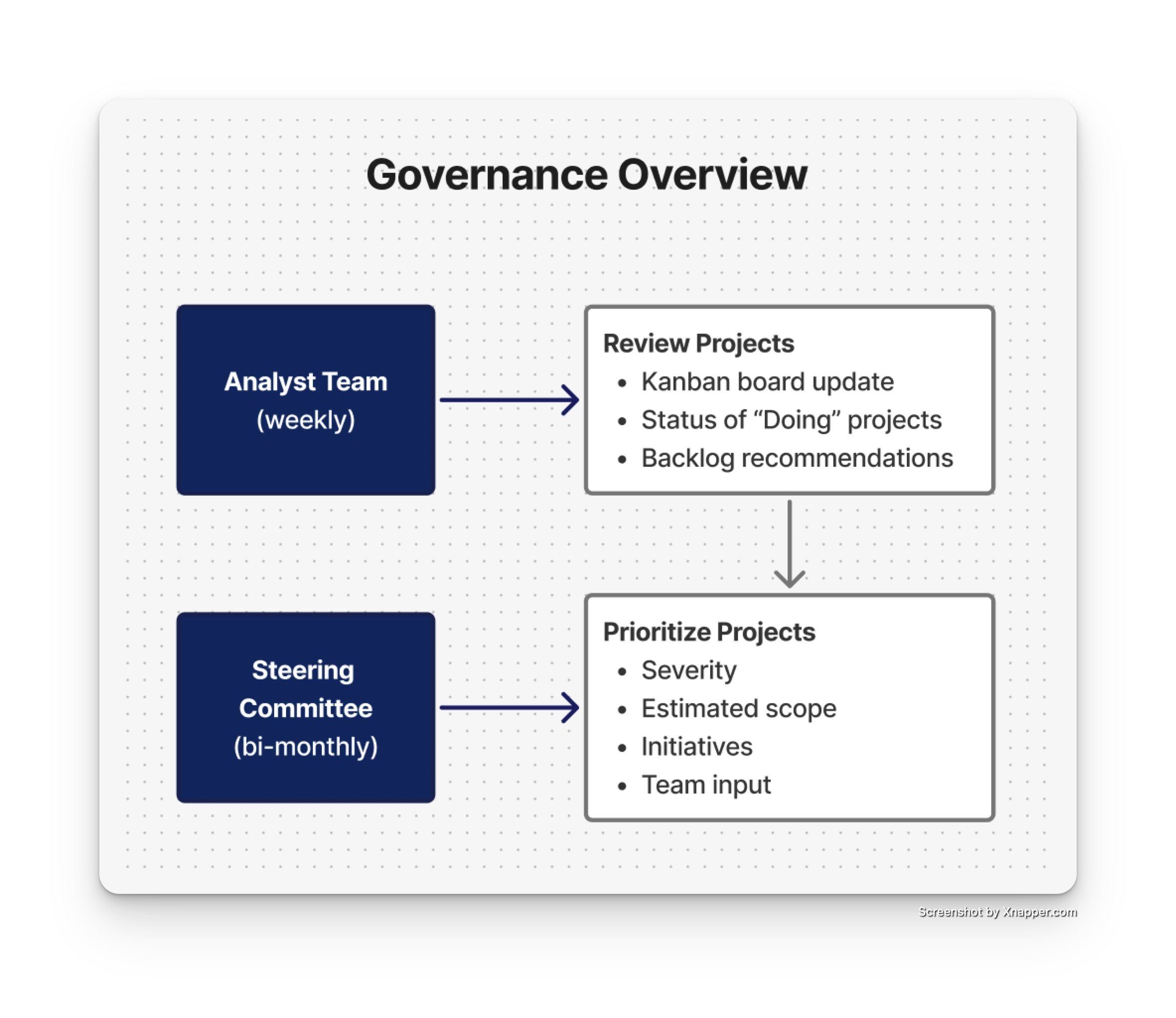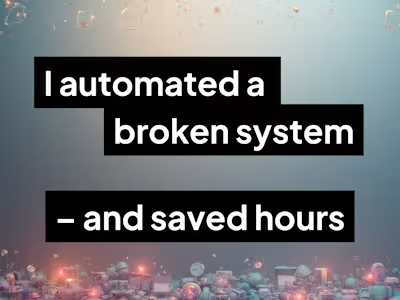Streamlining Internal Request & Prioritization Systems

Streamlining Internal Request & Prioritization Systems
This project restructured how Workday support and project requests were captured, triaged, and prioritized — creating visibility, consistency, and collaboration across teams.
Goal: Transform an unstructured request process into a clear, repeatable workflow with shared visibility and defined prioritization standards.
Team: HRIS and IT systems, Workday Steering Committee
Role: Sr Systems Analyst leading the design of the intake and prioritization framework
What this Demonstrates
Workflow design is user experience. By simplifying inputs and clarifying decision points, I created a system that made complex work traceable, visible, and fair.
THE PROBLEM
Requests for Workday support and enhancements arrived through multiple informal channels — emails, chats, hallway conversations — creating confusion, duplicate work, and unclear priorities. The HRIS team lacked a unified way to track work or communicate progress to stakeholders.
APPROACH
I focused on clarity, consistency, and shared understanding across people and systems.
Interviewed frequent requestors, analysts, and committee members to identify recurring breakdowns.
Mapped the full lifecycle of a request — from idea to completion — highlighting decision bottlenecks.
Defined criteria to separate quick support from full-scale projects.
Established a meeting cadence and Kanban structure for both analyst and steering committee reviews.

Mapping how unstructured requests evolved into a centralized, transparent workflow
THE SOLUTION
We built a multi-tiered prioritization system anchored by ServiceNow and a Kanban workflow.
Introduced submission guidance in ServiceNow to help users determine what requires a ticket.
Designed severity levels (SLAs) and complexity thresholds to classify support requests.
Created project criteria (4+ hours of work) to flag larger efforts for steering committee review.
Developed weekly analyst and monthly steering committee review structures using Kanban boards to visualize “Backlog → To Do → Doing → Done.”
Authored clear documentation, meeting templates, and project handoff steps to sustain alignment.

Kanban board used by the Workday Analyst Team to track progress and communicate priorities.

Governance structure connecting weekly analyst reviews and bi-monthly steering committee prioritization.
IMPACT
The team moved from reactive firefighting to structured prioritization.
Requests were logged and traceable, with visibility into ownership and status.
Analysts could self-assign or route work based on predefined rules.
Leadership discussions shifted from “Who’s doing what?” to “What should we do next?”
REFLECTION
Not every system solution needs automation to create impact. This project reminded me that clarity and structure are themselves forms of design — and often the foundation for future technical integration.
Like this project
Posted Oct 29, 2025
Redesigned how Workday requests were captured and prioritized—turning scattered inputs into a clear, structured, and transparent workflow.








